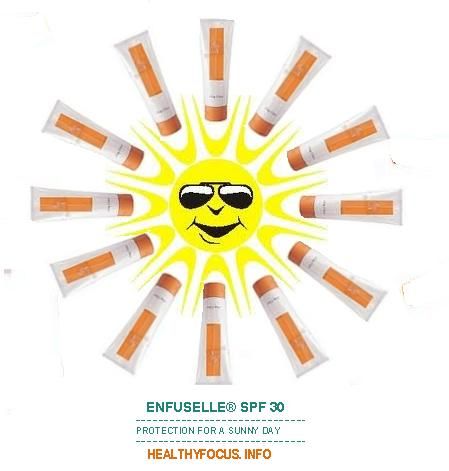Thank your Shaklee Field Communications for giving us such a good explanation in the following:
The annual EWG slam on sunscreen ingredients has generated many similar inquiries and has caused unnecessary concern for consumers. The EWG report implicates oxybenzone, retinyl palmitate (vitamin A), and other ingredients used in sunscreen products. The EWG’s recommendation to avoid sunscreens that utilize these ingredients is disappointing and frustrating because we applaud organizations whose goal is to educate consumers.
The annual EWG slam on sunscreen ingredients has generated many similar inquiries and has caused unnecessary concern for consumers. The EWG report implicates oxybenzone, retinyl palmitate (vitamin A), and other ingredients used in sunscreen products. The EWG’s recommendation to avoid sunscreens that utilize these ingredients is disappointing and frustrating because we applaud organizations whose goal is to educate consumers.
Specific to the report, which advocates avoidance of sunscreen products with oxybenzone, they associate the ingredient with a CDC report which the reader might assume supports the EWG position. This is not the case. The actual report states that it was undertaken “to measure oxybenzone exposure in residents of the United States” and concludes that the “data could also be of benefit in a risk assessment for BP-3 (oxybenzone) if (our emphasis) indicated by toxicologic or epidemiologic studies.” EWG makes no mention of the CDC’s statement contained in the report that “human exposure to oxybenzone has not been associated with adverse health effects.”
 The best intentions of EWG aside, Shaklee SPF30 is a key product in the Enfuselle line of safe and healthy skin products. Shaklee invested more than one million dollars in safety and efficacy testing for Enfuselle products alone. Their formulations comply with the applicable European Union (EU) Cosmetics Directives, the Association of Southeast Asian National List (ASEAN), the California Safe Cosmetic Act, and California Proposition 65 guidelines. One would be hard pressed to come up with more rigorous, widely accepted standards of safety.
The best intentions of EWG aside, Shaklee SPF30 is a key product in the Enfuselle line of safe and healthy skin products. Shaklee invested more than one million dollars in safety and efficacy testing for Enfuselle products alone. Their formulations comply with the applicable European Union (EU) Cosmetics Directives, the Association of Southeast Asian National List (ASEAN), the California Safe Cosmetic Act, and California Proposition 65 guidelines. One would be hard pressed to come up with more rigorous, widely accepted standards of safety.
Oxybenzone is approved by the Food and Drug Administration (FDA) as a safe and effective, over-the-counter (OTC) sunscreen ingredient, and has been assessed by the Cosmetic Ingredient Review (CIR) Expert Panel of independent scientific experts and determined to be non-sensitizing, non-phototoxic, and non-mutagenic in levels used in our formulations. It has also been specifically investigated by European Commission's Scientific Committee for Cosmetic Products and Non-Food Products Intended for Consumers (SCCNFP) and determined to have no estrogenic effects in concentrations intended for human use.
Dangers about retinyl palmitate in sunscreens are being misreported. This form of vitamin A has been approved by the FDA as a food additive, and as an over-the-counter and prescription drug for many years. FDA researchers found that hairless rats applied with pure retinyl palmitate and exposed to UV light appeared to experience accelerated growth of skin lesions and tumors. The retinyl palmitate did not cause the lesions or tumors and in any case did not cause skin cancer.
Here’s what consumers need to know regarding the safety of oxybenzone (and retinyl palmitate, which meets the same scientific rigor proving safety and effectiveness): UVA and UVB exposure contributes to the development of 90 percent of the basal cell and squamous cell skin cancers and 65 percent of melanomas, according to the American Society of Plastic Surgeons. It is an established scientific fact that oxybenzone protects the skin against damage from the sun’s harmful rays. Scientific experts are not aware or have not discovered compounds that are safer and which work as well at protecting human skin from the damage caused the sun’s rays. It follows, then, that we are left with the choice of dismissing products with these ingredients based on “maybe they will,” “theoretically they might,” or “they possibly could” cause harm, or we can choose to benefit from the established data showing that they are safe and prevent harm with an extremely high degree of scientific certainty. The inarguable fact when all the data is considered is that oxybenzone and retinyl palmitate as used in the Shaklee sunscreen formulation provide benefits that significantly outweigh unsubstantiated risks.
Thanks for the good info!
ReplyDelete